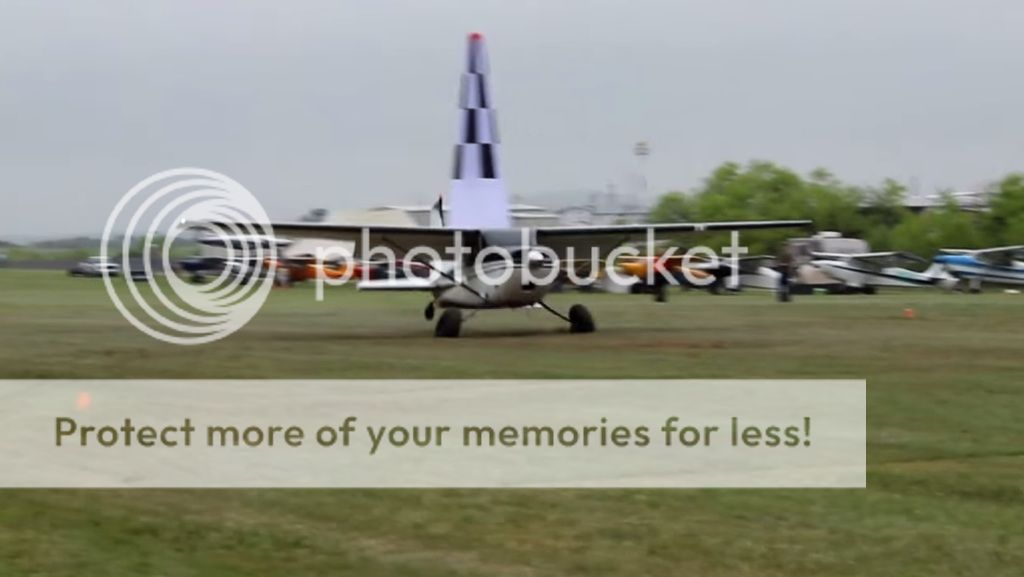I noticed after my annual was done one of the struts (the right side) was bent inwards a bit too much it is hard to explain so I will attach a picture of the 2 sides even the left side looks SLIGHTLY bent inwards.
Is this normal? Or is this a bad sign?
 (right side from cockpit)
(right side from cockpit)
 (left side from cockpit)
(left side from cockpit)
Is this normal? Or is this a bad sign?



 I feel much better now I think
I feel much better now I think
